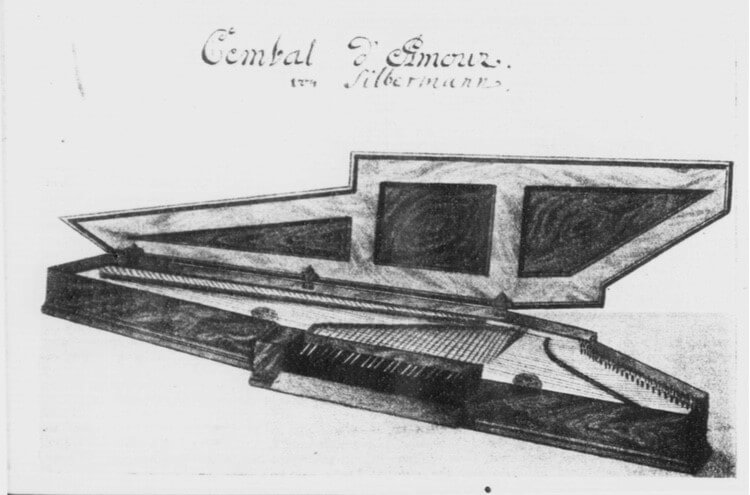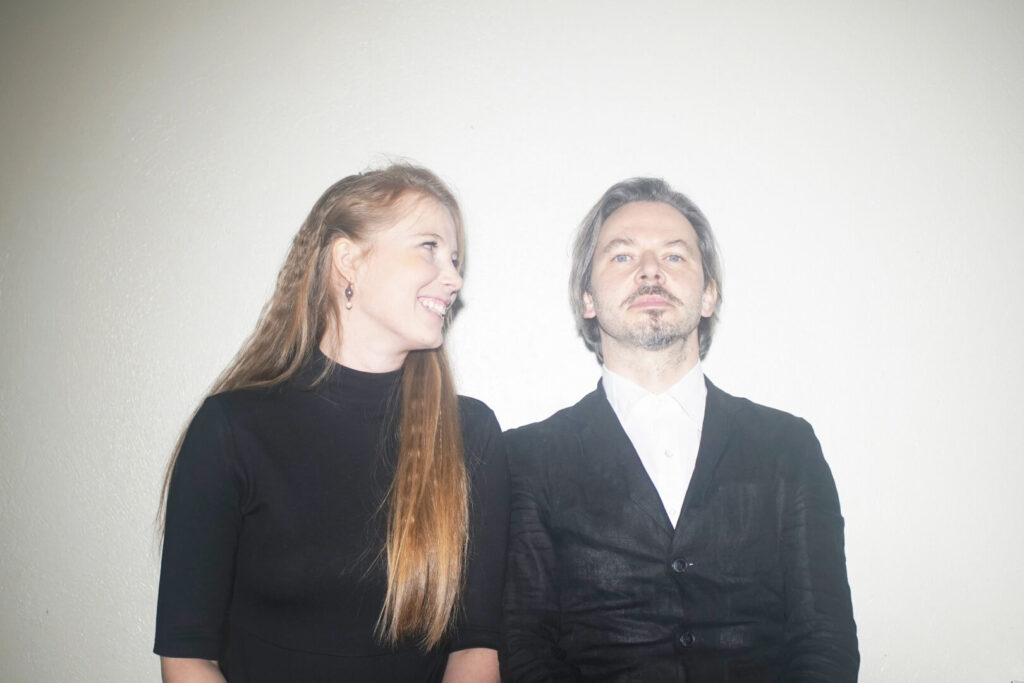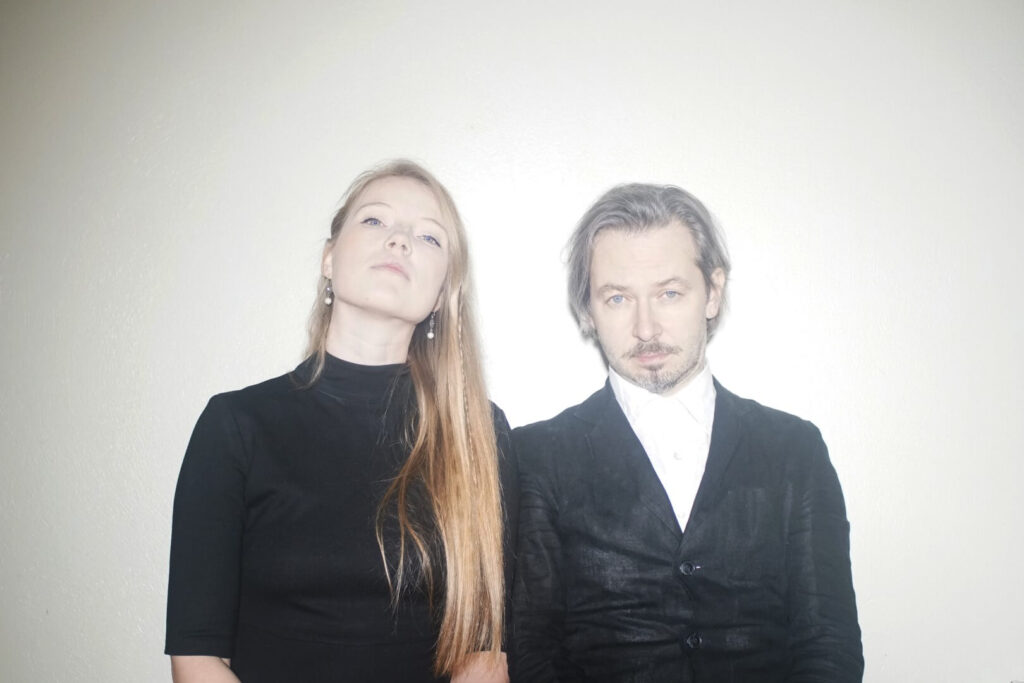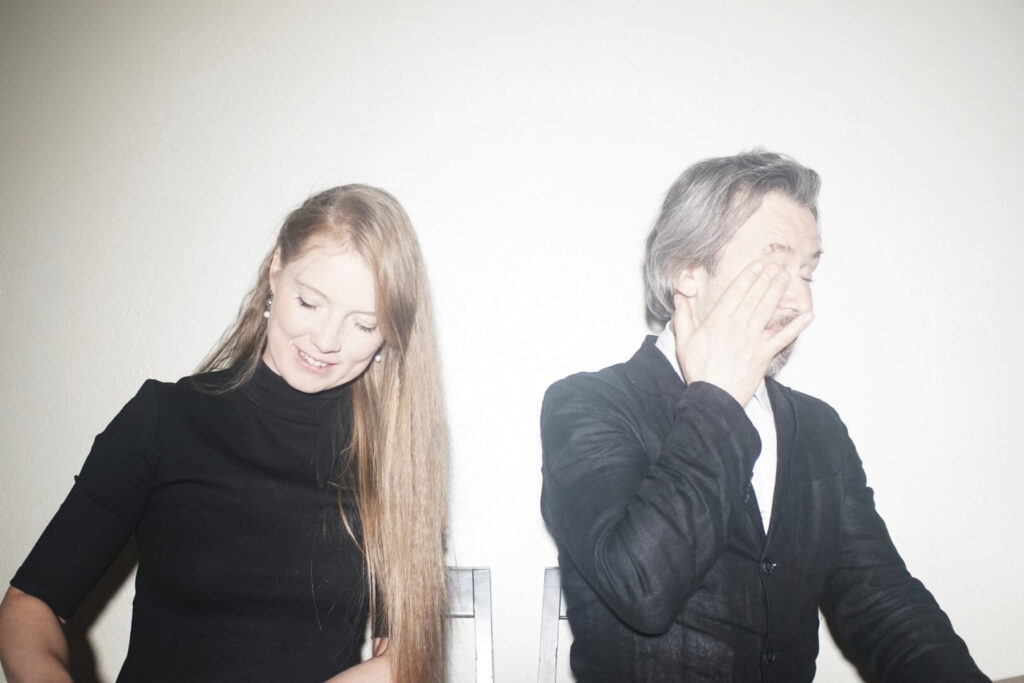
David Kellner
David Kellner (c1670–1748) is a German-born composer, organist, poet and music theorist who also has many connections to Estonia. Kellner studied at the University of Tartu from 1694 and married Dorothea Schwartz, daughter of mayor Matthias Ladau in Tartu. According to the information so far, in 1696 Kellner applied for the position of organist in the Swedish Church in Tartu, and later he worked for a short time as the organist of St. Nicholas’ Church in Tallinn. David Kellner’s music theory treatise “Treulicher Unterricht im General-Baß” (1732) was particularly successful in its time, and was printed in Swedish, German, Dutch and Russian, and numerous reprints have survived. Kellner spent the last decades of his life in Stockolm working as an organist, carillionist and teacher.
Of David Kellner’s music, only a tablature collection of lute pieces “XVI Ausersene Lauten-Stücke” (1747) has survived. According to Robert Eitner, the collection was also published in 1747 as a keyboard version, which has not been preserved according to the available data.
Concert at Haapsalu Early Music Festival
Estonian duo Anna-Liisa Eller/ Taavi Kerikmäe has created duo arrangements of all Kellner’s lute pieces, thus opening up the potential of Kellner’s music in an ensemble. The first presentation of the concert program will take place at the Haapsalu Early Music Festival in 2024
At the concert, all 17 pieces by Duo Eller/Kerikmäe will be played in arrangements for cembal d’amour, arpanetta, chromatic and archaic channels and clavichord.
David Kellner’s music in Estonia
The duo Anna-Liisa Eller/ Taavi Kerikmäe, in addition to introducing David Kellner’s music, also wants to highlight the importance of David Kellner’s stepdaughter Regina Gertrud König (Scwartz) on the Estonian and wider European music scene. Regina Gertrudis, who grew up in Estonia, can probably be considered Estonia’s first female composer, particularly laudatory reviews of her musical talent, art of composing, and poems have been preserved. Unfortunately, it has not yet been possible to find Regina Gertrud’s musical creations. In 1721, J. G. Silbermann made the first cembal d’amour, a special clavichord, at the request of Regina Gertrud König, which was in the possession of Regina Gertrud and David Kellner for many years. The instruments of the period have not been preserved, but some drawings have been preserved.
In 2024, luthier Kaspars Putrinš made a replica of the cembal d’amour, faithful to the era, based on preserved 18th-century drawings for Taavi Kerikmäe, which is at the center of the concert program.


